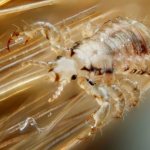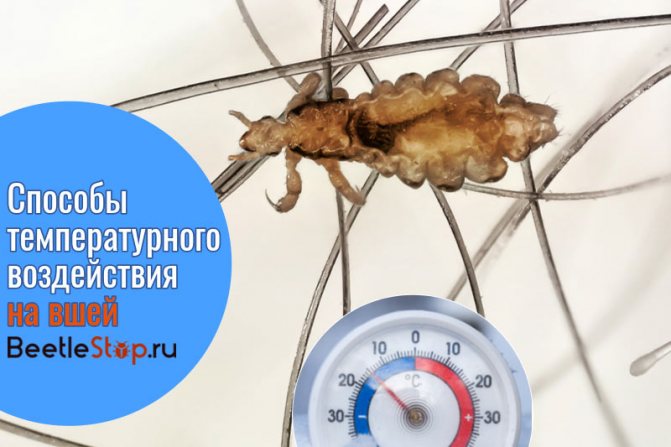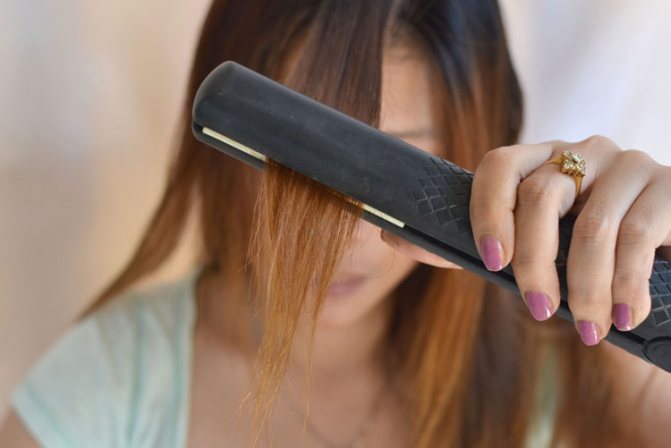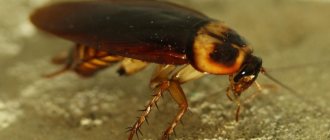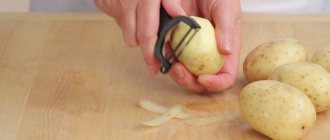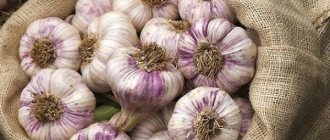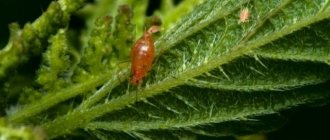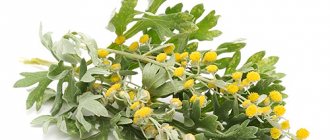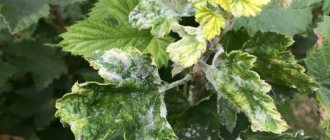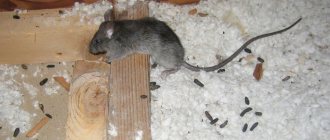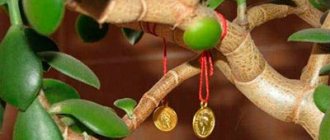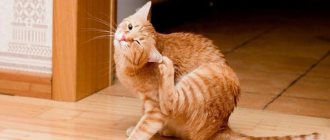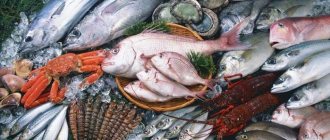In the treatment of head lice, a change in temperature is of great importance. At what temperature do lice die? The most important thing is to know what environment they are comfortable living in. Having learned the answer to this question, you can take all measures to remove unpleasant insects.
In the fight against them, both cold and heat are actively used. By changing the temperature, you can get rid of both adults and larvae.
What temperature lice cannot stand?
All parasitic insects that live at the expense of humans can exist only at a certain temperature, their body is not adapted to survive in other conditions. This is easy to explain: they have been parasitizing on the human body for many centuries, and they simply did not develop resistance to cold or heat. You can take advantage of this feature of lice in order to fight them. At what temperature is the vital activity of the lice inhibited, and what is destructive for these insects?
The critical temperature for lice is from –5 to +40 degrees, but depending on external conditions and on the stage of development at which the parasite insect is located, this interval can change both up and down. The insect does not always die, this requires critical temperatures, and under milder, albeit unfavorable conditions, nits remain viable for up to six months. They seem to be preserved, and when the air temperature around them becomes suitable for them, they continue their development again.
Cranberry juice
Cranberry juice is another great folk remedy for dealing with lice and nits. Lice are afraid of it and die when treating hair with juice, and nits when using this product easily peel off the hair when combing. This can be used by combining cranberry juice with lice combs.
On a note
Lice and nits are generally afraid (conditionally speaking) of strong organic acids. For example, among folk recipes for lice, there are remedies with citric, malic and grape acids.
Effects of high temperatures on lice
Lice do not like high temperatures very much, if the heat reaches 40 degrees, the female loses the ability to reproduce, eggs cease to ripen in her body. If the temperature rises even more, the embryo in already deposited nits slows down in its development, and at temperatures above 60 degrees, its death occurs.
Details on the effect of high temperature on lice:
- When the temperature reaches 40–45 ° C, the female stops laying eggs and loses the ability to reproduce.
- At a temperature of 45-50 ° C, the parasites themselves and their larvae can live from 30 minutes to several hours.
- The temperature reaches 50–55 ° C - the lice die within a few minutes, and the development of the larvae stops.
- 55-60 ° C - insects die almost instantly, and although their eggs remain viable, the larvae do not develop (if the temperature drops to a comfortable one, the development of nits will continue).
- Temperatures 60 ° C and above - the insects themselves die instantly and their larvae too.
It can be concluded that nits are more resistant to high temperatures, and this is indeed the case.Their vitality is explained by the presence of a very hard shell, which plays the role of a protective shell. In an adult insect, the chitinous cover is soft, and it does not protect them so well from the effects of heat.
At high humidity, overheating of the insect's body occurs faster, so it dies even at a lower temperature. The above temperature parameters were calculated for an air humidity of about 70%.
Kerosene
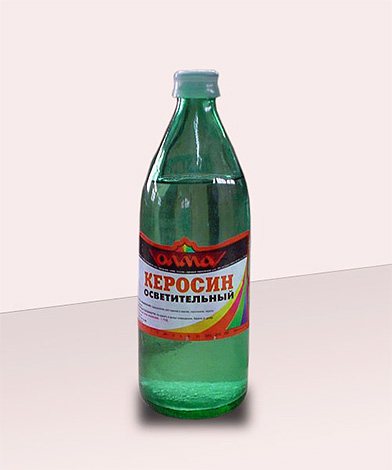
Lice are also afraid of the smell of kerosene, and die when the substance hits the chitinous surface of the body. A half-hour treatment of the head with kerosene allows you to destroy all adult lice and larvae, while a second session a week later ensures the extermination of young larvae that emerged from the surviving nits.
Improper use of kerosene can lead to extensive scalp burns and poisoning, especially in children. When working, one should not forget that kerosene is very flammable, and its vapors can ignite from the slightest ignition source.
The effect of low temperatures on lice
Lice fear the cold no less than the heat. When an insect is at zero temperature, it develops a state similar to shock. You can compare it with hibernation: the louse does not feed, does not reproduce, practically does not move, the development of embryos in the eggs and the larvae themselves stops.
But all this does not mean that 0 degrees Celsius is enough for the death of lice and nits. Of course, if you leave insects at this temperature for a long time, they will not be able to exist and will die as a result. But they survive a short-term decrease in ambient temperature quite successfully, and after warming they resume their life cycle.
How do subzero temperatures affect lice and their larvae?
- When the temperature drops to 0-5 ° C, the lice freeze, stop feeding and multiplying, and embryos stop developing in their eggs.
- From -5 to -15 ° C, the death of lice occurs within a few minutes, and although the nits do not develop, they remain viable. In this state, they can spend several days, and when the temperature around rises, they will continue to develop.
- At temperatures from -15 to -20 ° C, both lice and their larvae die within a minute.
- -20 ° C - nits die instantly.
These temperatures are based on an air humidity of 70%. If the humidity is higher, the lice and larvae of these parasites die faster.
But everything is not so simple, and it turns out to be very problematic to defeat lice with the help of cold. The fact is that they usually hide on the human body, in his hair, clothes, the temperature there is always above zero, which means that it is quite acceptable for the development of these insects. You can walk without a hat or swim in an ice hole as much as you like, this will not harm the lice in any way, but the person himself may well get sick.
Methods of fighting lice with the help of cold exist, but are used to destroy insects that are on clothes and underwear. With parasites that are located on the human body, you will have to fight in some other way.
The reasons for the appearance of parasites
Lice and nits are usually associated with poor personal hygiene. Most often, this ailment accompanies persons leading a vagrant lifestyle. Children from dysfunctional families also have lice quite often. Because of this, there are outbreaks of head lice infections in kindergartens, schools and summer camps.
It is possible to become infected with head lice not only through close contact with the patient. Lice are also transmitted as a result of the use of personal belongings of the infected:
- combs, combs;
- hairpins and hair ties;
- hats;
- towels;
- linens;
- clothes.
We kill lice with temperature
Thermal exposure methods can be very effective in combating parasites, in addition, they have several important advantages:
- They are not harmful to health.Unlike chemicals that get on the skin of people, into their lungs along with the inhaled air, the destruction of lice with the help of heat and cold can not cause any harm to the human body.
- They do not require financial costs. Modern drugs for fighting skin parasites are not so cheap, and often the more effective the remedy, the more expensive it is. Fighting lice with heat and cold is completely free.
- Easy to use and effective at the same time. It is quite easy to get rid of lice and nits by creating uncomfortable temperatures for them, and if you use the right temperature, you can be sure that the insects will die.
The choice of the method of exposure and temperature depends on where the parasites are located, as well as on the stage of their development.
Vinegar
In its effect on lice, vinegar is somewhat similar to that of kerosene. At the same time, it dissolves the nits shells much better (more precisely, softens the glue mass with which the nits are attached to the hair).
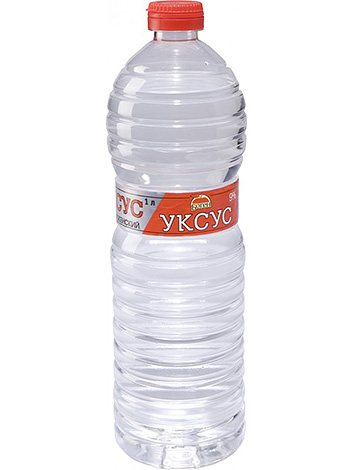

Lice die from vinegar (9%) when diluted in a ratio of one part vinegar to two parts water. When using vinegar, the same safety precautions should be followed as with - undiluted vinegar can cause skin burns!
Freezing lice and nits
Exposure to cold is especially effective against linen lice. This method is called freezing and it can be done in different ways.
1 way
In winter, collect all linen infested with lice and their larvae and hang them out in the cold. It needs to be at least -20 ° C. The linen should hang in the cold for several days, while all the lice are guaranteed to die, but the nits can survive, so this treatment should be carried out in 2 or even 3 stages with a break of several days.
2 way
Place all contaminated items in a bag and place in the freezer. Select the fast freeze mode in it, and leave for several hours. Both lice and their eggs will die from such exposure.
If it's not cold enough outside (warmer than -15 ° C), the lice will not die. They will simply stop feeding and multiplying, but they can live like this for about 2 weeks.
Unfortunately, it will not be possible to use cold for body lice: it is more likely that the person himself will die from frost than the lice that parasit on him. Therefore, to combat body lice, they use the opposite, high temperatures.
Additional processing
After washing, boiling linen, clothes must be allowed to dry naturally. Hang out in the cold or under the bright rays of the sun. The final stage is ironing with an iron at high temperature with steam. Particular attention is paid to folds, seams.
We suggest that you familiarize yourself with: We remove worms with folk remedies
The ferry can destroy parasites that accidentally appear on the mattress, sofa, carpets, rugs. The procedure requires special efforts, time, but the final result depends on its quality.
Killing lice with heat
With the help of high temperatures, you can get rid of both linen lice and those parasites that are directly on the human body. Hot air, which does not yet burn people's skin, turns out to be fatal to lice and nits. To get rid of parasites, several methods are used associated with exposure to high temperatures.
Removing parasites from clothes
1 way
Put all the clothes contaminated with lice and nits in a vat, pour water and let it boil for at least an hour. This is necessary so that the linen warms up completely, all its folds, seams.
2 way
All laundry must be folded into the machine and washed in very hot water. It is necessary that the water temperature is not lower than +60 ° C. It is better to choose a boiling program.
3 way
Iron the laundry thoroughly with a hot iron.Ironing should be done on both sides, not skipping a single section, and especially try to warm up the places where the fabric is folded in several layers: hem, pockets, collars.
It is better to combine all these methods so that not a single insect or its larva survives, otherwise it will not be possible to completely get rid of lice, and the fight against them may take a long time.
How to get rid of body lice with high temperatures
Getting lice out of your hair is not easy, although there are many powerful treatments for these parasites on the market today. It often happens that a person fights lice, uses different drugs, and insects appear again and again. Then folk remedies are used, but they do not always cope.
To get rid of lice and nits, you should begin to deal with them immediately after you find them, and try to carry out a comprehensive treatment: hair, clothes, bedding.
You can use strong chemicals, but if they are contraindicated or do not help you, you should use other methods.
One of the old, but effective methods of dealing with head lice is combing out lice and nits. For this, special combs are sold. Of course, it will not be possible to completely remove all parasites at one time, in order to cure head lice, the lice and their larvae should be combed out regularly, every day, for several days - usually about 7-10 procedures are required. But if you use this method in conjunction with heating your hair (for example, using a hair dryer), getting rid of parasites is much easier and faster.
The fact is that when the lice are combed out with a comb, it is very easy to miss them, especially since the insects move, and do not sit and wait for their destruction. But with a strong increase in temperature, the lice become inactive, they no longer cling to the hair, so combing them out is easy.
In order for an insect to stop being active, a temperature of only about +45 ° C is needed, and if the air humidity is very high, then even less. Of course, at this temperature, the lice will not die, but it will be much easier to deal with them.
Folk remedies
Protection against lice by folk methods is a safe and low-cost option. Many insects are susceptible to strong and pungent odors. Strong-smelling substances can help prevent the appearance of lice or make them more vulnerable. To protect yourself and loved ones from parasites, you need to know what odors lice are afraid of.
Lice don't like smells:
- grated garlic;
- tea tree;
- geraniums;
- rosemary;
- lavender;
- eucalyptus;
- menthol;
- tar.
Tar soap or shampoo is a safe remedy for head lice in children and even pregnant women. Its specific smell and soapy structure negatively affect the state of parasites, facilitate their easier elimination.
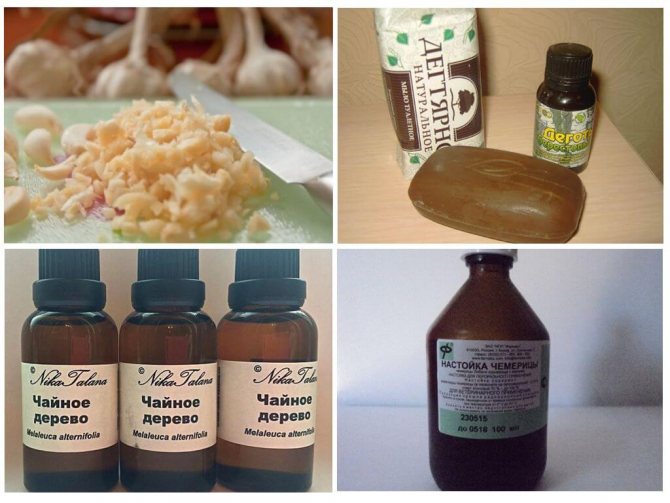

Traditional methods of treating head lice
Eucalyptus and tea tree essential oils can be diluted with water or other base oils and applied to hair. After application, rinse with water and comb out weakened parasites.
Chemerichnaya tincture is known for its poisonous effect on head lice. Citric acid, diluted with water, can protect against insects and promote their excretion.
Kerosene
Kerosene is a wonderful and time-tested remedy. It is important to use a "clean" product without impurities, so as not to harm. He simply kills adult lice, and dissolves the dense shell of nits and penetrates inside. This explains its high efficiency.
Lice are also afraid of the smell of kerosene, which is quite sharp. But after thoroughly washing your hair with shampoo, the smell quickly disappears. You can keep kerosene on your head for no more than 30 minutes, this time is enough to completely destroy the parasites. Special care is required when handling kerosene due to its flammability.
Table vinegar
Table vinegar (9%), which is diluted in equal proportions with water, copes well with parasites.
There are many remedies that are recommended for dealing with lice and nits, but their effect is questionable. What lice are not afraid of for sure are conspiracies, rituals, amulets and talismans. Therefore, count on effective remedies. You can remove lice from the human body by shaving off the hair, here the parasites simply do not have a chance to stay on the body.
Killing hair lice with heat
There is a special apparatus, it is used mainly by American parasitologists, this is the so-called medical hairdryer. This device was first created in the UK, when scientists discovered that lice in southern countries are less viable because they are oppressed by the scorching rays of the sun. Now this device is used mainly to combat parasitic insects in children. The child is seated in a chair, a medical hairdryer is turned on, and the head is thoroughly treated with warm air. After that, the immobilized lice and nits are combed out by hand.
The method of getting rid of lice with the help of a home hair dryer is also based on the effect of heat. To use it, you need a hairdryer with a diffuser attachment, a fine lice comb, and a person to help you with the procedure.
How to remove lice with hot air:
- Wash your hair with very warm (almost hot) water.
- Turn the hair dryer on to a high heat setting and start heating your hair evenly. The diffuser will help you with this.
- Hair should be heated for half an hour, but household hair dryers are not designed for such a long time. Therefore, it is better to take two hair dryers and alternate them, or after 10 minutes of work, turn off the device to give it a little rest. You should not take breaks for more than 3 minutes, because otherwise the lice will "come to life" and begin to move.
- After finishing heating, start combing the lice out of your hair. This must be done methodically, centimeter by centimeter clearing the head of lice and their larvae. The lice will remain motionless for an hour, so try to comb them out during this time.
Choose a temperature that is tolerable for you, otherwise you risk ruining your hair and scalding your scalp.
In fact, head lice is now very common, it is especially common in children's groups, and lice are passed from children to their parents and other family members. It is very important to start the fight against insects on time and act correctly, and then you will quickly get rid of them.
Prevention measures
To protect the child from head lice and to protect all other family members, it is necessary to take a set of measures:
- avoid large crowds in public places;
- collect hair in a tight bun or braid, use a headdress;
- do not use other people's hygiene items;
- protect the child from communicating with children from disadvantaged families, with strangers;
- regularly treat combs, combs, hair accessories with soapy water.
Essential oils, shampoos, soap with a smell that repels lice can be used as a prophylaxis for head lice.

